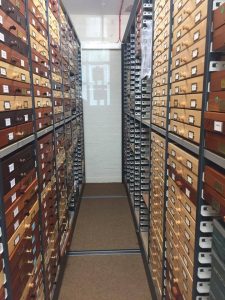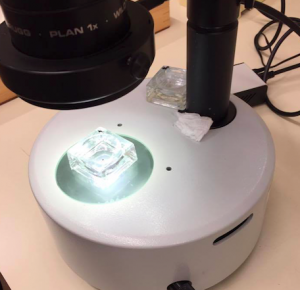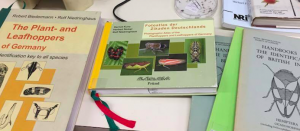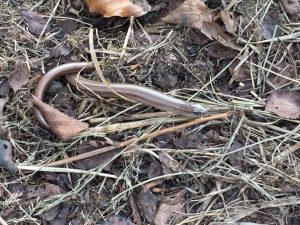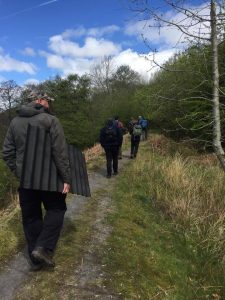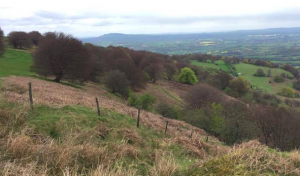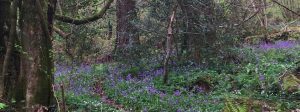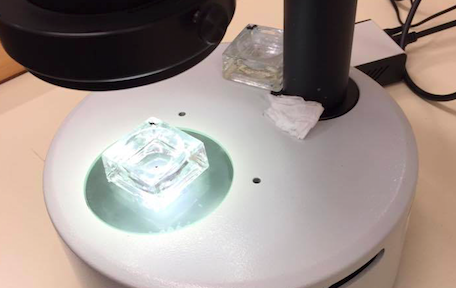
I’m Phoebe, a new Natural Talent Trainee alongside five others across the UK, each with our own specialist area to discover. This is the first of many blogs, where you can read all about what I get up to throughout my traineeship.
My Research Area
During my year as a Natural Talent Trainee, I will be based at the National Museum Wales, Cardiff. It is here I will be studying Hemiptera as indicators of grassland quality and management.
Hemiptera is a diverse order of insects, many of which can look very different. However, they all share the common characteristic of a piercing and sucking mouthpart. Many members of the group feed on plant fluids and require the use of this mouthpart to penetrate plant tissues. Hemiptera are among the most common species found in grasslands, yet they are extremely under recorded. The aim of the Natural Talent Traineeship is to increase the number of specialists in the sector with knowledge of lesser known, overlooked subjects. Hopefully throughout my traineeship I can encourage people to record, be more aware of, and grow to love these little creatures.
Projects lined up
So far I have two projects lined up, that I will be starting very soon. Much to my delight, I will be back at Gwent Wildlife Trust for the first project. My mentor and I will be heading to the beautiful wildflower meadows at Pentwyn Farm. Our first site visit is this week, where we will be scouting out which fields we would like to collect some samples from. I am looking forward to seeing what we will find there!
The second area we will be exploring is Ffos y Fran, a huge open cast coal mine in Merthyr Tydfil. Near to the mine are areas of vegetation at different stages of growth, we are interested in collecting samples from each of the different areas to see how species abundance and species diversity compares at each of the sites.
I will keep you informed with the progress of these projects!
So far at the museum…
So far during my traineeship I have been trying to get my head around a lot of things! The first couple of weeks were mainly spent settling in, meeting new people and learning how to get around the maze that is the Museum. I have spent a lot of time trying to get to grips with my new research group – Hemiptera.
- Museum collections are essential to study and ultimately conserve species. I have spent time looking through the museum’s Hemiptera collection, in an attempt to familiarise myself with species, ready for the field work.
- During my first week I went on a short trip to a nearby park, to sweep net and use the aspirator to collect some beautifully, bright green leafhoppers – later identified as Empoasca decipiens.
- I have had some practice of carefully mounting and labelling specimens – it is a very fiddly process!
- My mentor, Mike Wilson, showed me how to ‘boil up’ some old specimens, to then dissect to view the genitalia – as some species can only be identified in this way!
- Mike has challenged me to identify and sort through some old specimens that have not yet been identified or labelled. It has beed a good way to get used to working through the identification key.
- As a part of the traineeship, I have the opportunity to attend various training courses. This month saw my first course with Gwent Wildlife Trust. It was an Adder Survey day led by the very knowledgeable Mark Barber from the Amphibian and Reptile Conservation Trust, we checked under trays and put out new ones in ideal locations ready for regular Adder surveys.
- As well as my time at the Museum, I have been allocated a Botany Mentor as part of SEWBReC’s Mary Gillham Archive project. I have been fortunate enough to spend days out with the Botany experts in order to increase my Botany identification.
What next?
As the survey season arrives I will be getting out and about to carry out lots of field work. We have a site visit to Pentwyn planned ready to get the project started. Alan Stewart an expert in the field, from Sussex University is coming to Cardiff to help with some sampling – and hopefully some tips on identification! I have many more Botany walks planned, and lots more to learn about Hemiptera, but hopefully no more getting lost in the museum!
Follow me on Twitter

